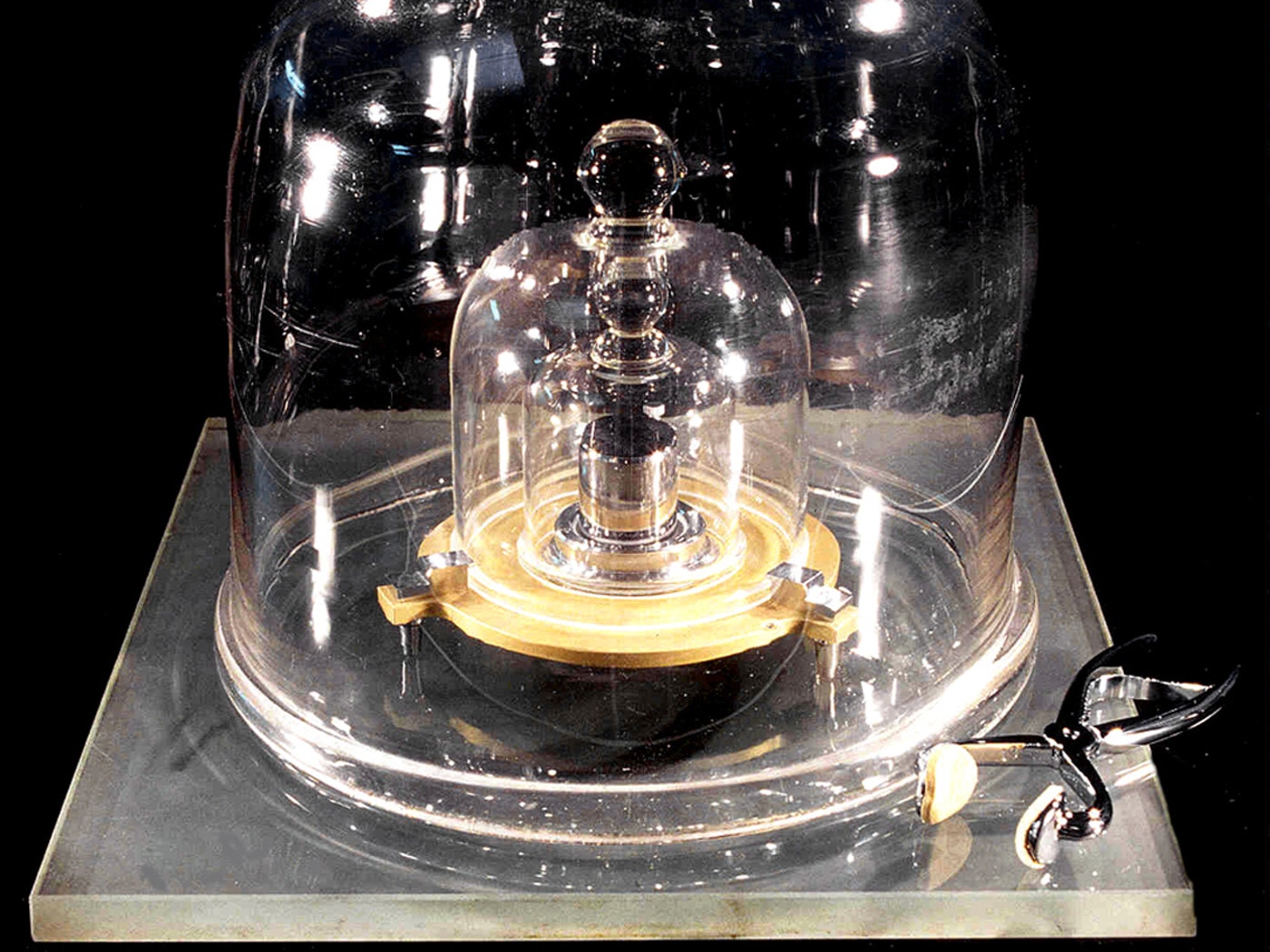Media Release
From: The National Measurement InstituteA more constant kilogram for World Metrology Day
On World Metrology Day, Monday 20 May, the definition of the kilogram is changing to be based on the Planck constant, a fundamental constant of nature that is inherently stable.
Last November, measurement scientists from around the world gathered in Paris, the home of ‘the Big K’, and voted to redefine the International System of Units (the SI), including the kilogram. This redefinition comes into effect today and will ensure more accuracy.
Chief Metrologist of the National Measurement Institute (NMI), Dr Bruce Warrington said World Metrology Day highlights the importance of measurement in every aspect of our lives.
“Measurement underpins science, trade, and industry. For global trade and international collaboration it is important to speak the same language of measurement, expressed in common units like the second, the metre, and the kilogram,” Dr Warrington said.
"World Metrology Day is the anniversary of the international treaty first adopting this system back in 1875.
“Back then, it was decided that the kilogram should be defined by a single block of platinum-iridium alloy, known as the International Prototype Kilogram (IPK). This prototype was made in 1889, and since then, it has been kept in a high security vault in Paris, France.
“It was accurate enough for many purposes, but the demands of science for accuracy have increased, especially when working with tiny masses like drug molecules in pharmaceutical research. Moreover, a physical artefact like the IPK, or ‘the Big K’ as it is affectionately known, is vulnerable to damage due to environmental factors like temperature.
This is the result of years of research in many disciplines, and Australian researchers played their part.
“CSIRO fabricated perfect spheres of pure silicon, which can be used as new mass standards. ANSTO measured the mix of silicon isotopes, critical to the precision of these standards. NMI measured the dimensions of the spheres to the nanometre, or billionth of a metre, and also developed leading-edge electrical standards,” Dr Warrington said.
In total, the definitions of four of the seven base SI units will change. The kilogram will be based on a fixed value for the Planck constant (h); the ampere, for electric current, on the charge of the electron (e); the kelvin, for temperature, on the Boltzmann constant (kB); and the mole, for amount of substance, on the Avogadro constant (NA).
Continuity will be maintained for practical users. However, just as redefining the second with atomic clocks helped enable GPS navigation, the redefined SI is expected, over time, to enable new technologies that we haven’t imagined yet to be developed.
The National Measurement Institute maintains Australia’s standards of measurement.
ENDS


